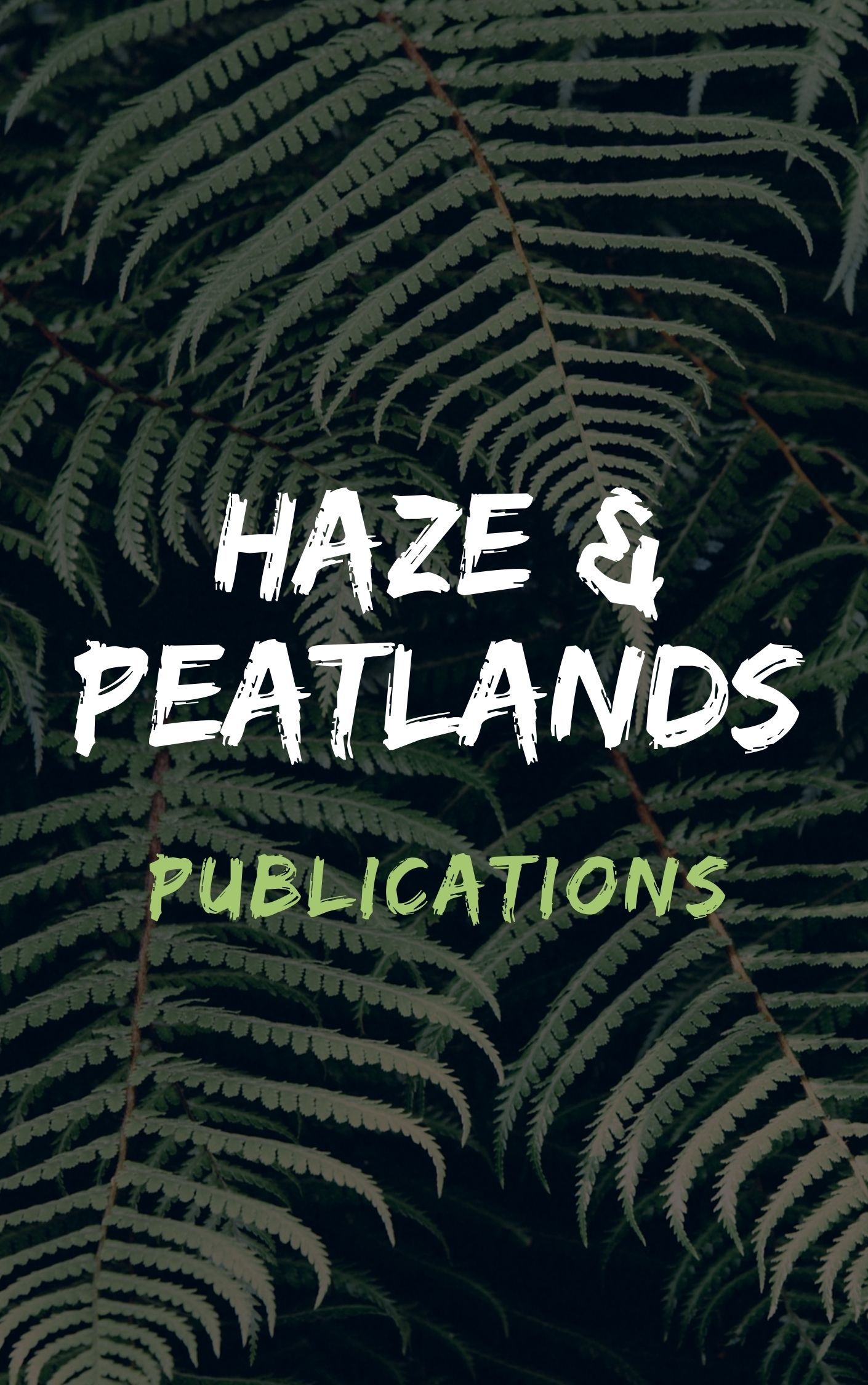The pulp industry is crucial for Indonesia, but the waste produced should be managed. Pulp sludge contains organic matter suitable for compost material. This study examines the response of geronggang (Cratoxylum arborescens) seedlings' growth to the application of pulp sludge compost compared to commercial manure fertilizer and non-fertilized soil for six months. A fifteen kg of pulp sludge (water content of 60-70%) mixed with decomposers (Penicillium citrinum and Penicillium oxalicum (107 spores/mL)) was incubated for a month. The compost or fertilizer at a dosage of 0, 2, 4, 6, 8, 10, 12, 14, and 16 (tons/ha) was added to peat soil for the seedlings' growing media. The manure fertilizer contained higher macronutrients than the sludge compost, while the peat was considered poor soil. Seedlings with sludge compost or manure fertilizer addition at a dosage equal to 2 (tons/ha) showed the highest survival rate after six months. The sludge compost addition raised the seedling's height, diameter, and dry weight more than another treatment. The sludge compost at a dosage equal to 16 and 12 (tons/ha) significantly increased the height and diameter of the seedlings, respectively. The sludge compost has shrink-swell characteristics that are potent water retention in dry soil.
View source

